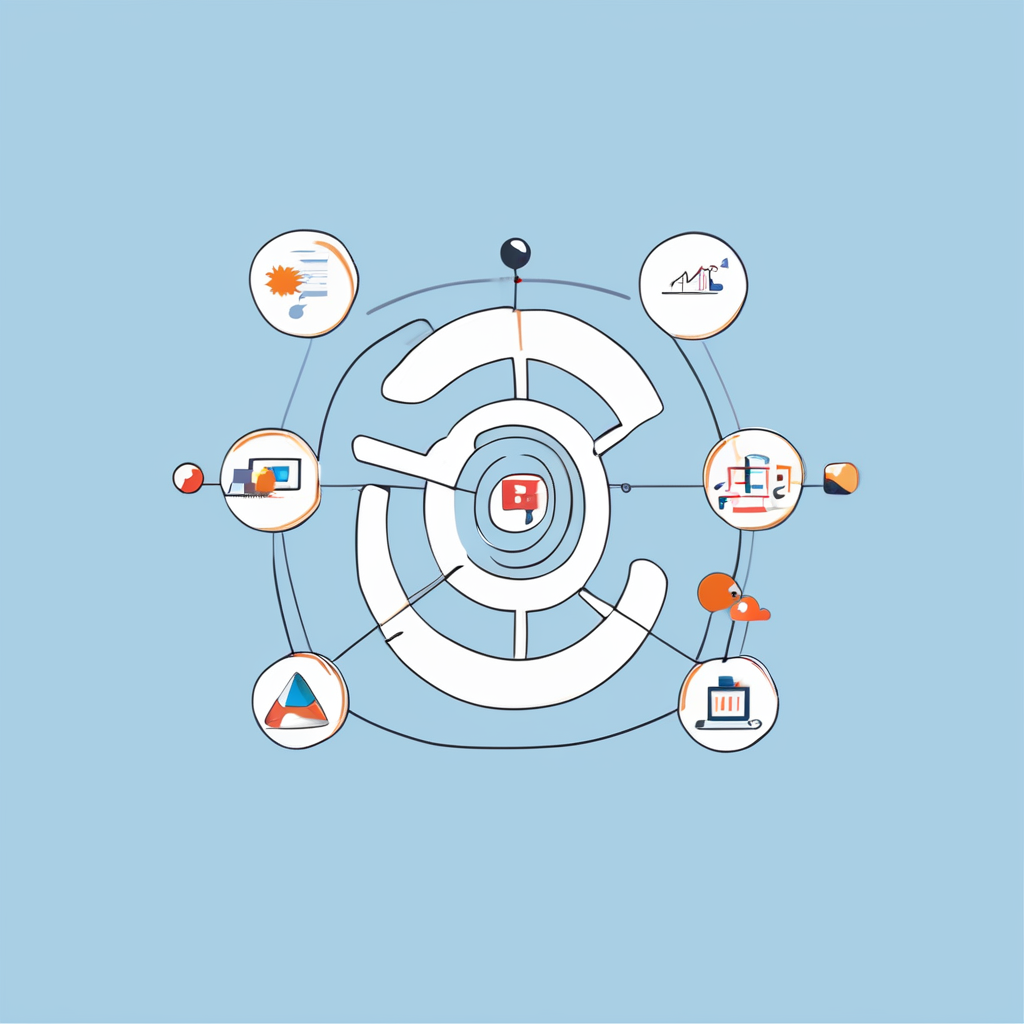Overview of Privacy Risks in AI Health Monitoring Systems
As AI health monitoring becomes more sophisticated, privacy risks have emerged as a significant concern. These technologies, while transformative, can inadvertently expose personal data vulnerabilities. At the heart of these systems is the collection and analysis of vast amounts of personal health information. This, unfortunately, opens up potential pathways for data leaks and misuse.
AI health monitoring systems often require sensitive data to function effectively, ranging from biometric details to medical histories. Such data, if inadequately secured, presents a target for cybercriminals. Common threats include unauthorized access, data interception during transmission, and flawed data storage protocols leading to breaches.
In parallel : Revamping biometric security: harnessing ai to boost precision and protection
Real-world examples highlight these challenges. Notably, the healthcare sector has witnessed numerous data breaches impacting AI health monitoring systems. These instances underline the pressing need for robust security protocols. Unauthorized access to health records not only compromises individual privacy but can also result in broader societal implications, such as loss of trust in digital health services.
To mitigate these privacy risks, stakeholders must prioritize data protection measures. Implementing encryption, regularly updating software, and conducting vulnerability assessments are vital steps. By doing so, the healthcare industry can better safeguard personal data, fostering a more secure ethical use of AI in health monitoring.
Additional reading : Creating a cutting-edge ai-driven system for secure autonomous vehicle navigation: your comprehensive step-by-step handbook
Practical Strategies for Data Protection
When considering how best to safeguard information, it’s crucial to implement robust data protection strategies. With cyber threats becoming increasingly sophisticated, adopting comprehensive privacy measures is a vital step for individuals and organizations alike.
Implementing Strong Authentication Mechanisms
One fundamental step in secure data handling is implementing strong authentication mechanisms. Multi-factor authentication (MFA) is an excellent privacy measure, requiring users to present multiple forms of identity verification before accessing sensitive data. This approach significantly reduces the risk of unauthorized access, ensuring only verified individuals can reach critical information.
Utilizing Encryption Techniques
Another cornerstone of data protection strategies involves utilizing encryption techniques. Encrypting sensitive data, such as medical records or financial information, transforms it into an unreadable format for unauthorized users. This ensures that even if the data is intercepted, it remains secure and private. Encryption methods, such as AES (Advanced Encryption Standard), provide a robust defense against data breaches.
Regularly Updating and Patching Software
Regularly updating and patching software is another crucial component of secure data handling. Software updates often contain critical security patches designed to fix vulnerabilities that cyber attackers might exploit. By keeping software current, individuals and organizations can significantly reduce the risk of potential security breaches and maintain the integrity of their sensitive data.
Understanding Relevant Regulations
Navigating data protection regulations is crucial in healthcare to ensure patient privacy and trust. HIPAA compliance mandates the protection of individuals’ medical information within the U.S. This regulation enforces strict guidelines on how this data must be secured, accessed, and shared among healthcare providers, ensuring that sensitive information remains confidential and protected from unauthorized access.
Across the Atlantic, the GDPR implications are significant for healthcare providers operating within the EU. The General Data Protection Regulation emphasizes stringent requirements for consent, data minimization, and the right to be forgotten. These rules demand that organizations demonstrate accountability and transparency in their handling of personal health data, posing challenges but also setting a high standard for patient rights.
The impact of these regulations on AI health monitoring practices is profound. Ensuring compliance becomes a pivotal aspect of developing and deploying AI solutions in healthcare. These technologies must incorporate robust security measures and data management protocols to align with HIPAA and GDPR specifications. As AI technologies continue to evolve, understanding and adhering to these regulations is crucial for fostering innovation while safeguarding patient privacy.
Tips for Secure Usage of AI Health Monitoring Systems
Ensuring the secure usage of AI health monitoring systems involves informed user behavior and adherence to privacy best practices. By taking proactive steps, users can maintain their personal privacy while leveraging innovative technology.
Reviewing Privacy Settings Regularly
It is crucial to routinely review and adjust your privacy settings. Frequent checks help ensure your personal information remains protected. As developers update their systems, they may alter privacy policies or add features impacting data security. Staying vigilant allows users to align their settings with their privacy preferences and enhance security.
Limiting Data Sharing Preferences
Cautiously configure your data sharing preferences to minimize risk. Opting out of unnecessary data sharing is an effective way to reduce exposure. Consider only sharing data that is essential for the system’s functionality. By doing so, you limit the amount of personal information accessible to external parties, thereby enhancing your privacy.
Educating Users about Potential Risks
Educating oneself about potential security threats is a critical aspect of using AI technologies responsibly. Users should stay informed about potential vulnerabilities and best practices for protecting their data. This knowledge equips users to navigate AI applications safely, allowing them to enjoy the benefits of health monitoring systems without compromising their privacy.
Choosing Privacy-Conscious Technologies
When considering privacy-conscious technologies, especially in AI health monitoring devices, understanding the key features that ensure security is paramount. These devices should prioritise end-to-end encryption, ensuring that personal data is shielded from unauthorised access throughout its transmission. Additionally, opting for technologies that allow user control over data—such as the ability to delete or download personal information—can significantly enhance privacy.
Evaluating manufacturers on their privacy policies is another crucial step. Look for companies that are transparent about their data handling processes, detailing clearly how data is collected, stored, and shared. Transparency in these areas builds trust and ensures users are informed about how their personal information is managed.
To further this approach, users should prioritise devices from manufacturers committed to regular security audits. These audits are integral to maintaining robust security environments, ensuring health data is safeguarded against breaches.
When selecting these technologies, transparency, security features, and privacy-centric manufacturers are critical in the evaluation process. By focusing on these elements, users can make informed decisions that align with their privacy expectations, empowering them to embrace innovative health monitoring technologies securely.
Case Studies and Expert Insights
In exploring real-life applications of data protection, understanding how companies succeed is crucial. Case studies reveal various successful implementations that incorporate essential elements such as robust encryption, regular audits, and employee training. For instance, companies with notable privacy strategies often employ multi-faceted methods to protect information, setting a benchmark for others.
Analysis of Successful Data Protection Implementations
Many case studies demonstrate companies that proactively defend data by combining technology and expert opinions. These companies often utilise advanced threat detection systems and privacy-by-design principles. Such approaches ensure not only compliance with regulations but also boost consumer trust by safeguarding sensitive information effectively.
Expert Recommendations for Users
Experts frequently advocate for a security-first mindset, emphasising the importance of understanding risks and implementing real-life applications of security measures. They advise keeping systems updated, performing regular security audits, and fostering a culture of privacy within the organisation. Users can significantly reduce their vulnerability to breaches by incorporating these insights.
Lessons Learned from Past Data Breaches
Data breaches offer valuable lessons. Reflection on past incidents highlights the necessity of continuous improvement in privacy strategies. Organisations have improved their resilience by learning from breaches, using them as a catalyst for strengthening defences, adopting more stringent policies, and reinforcing their commitment to robust data protection.










